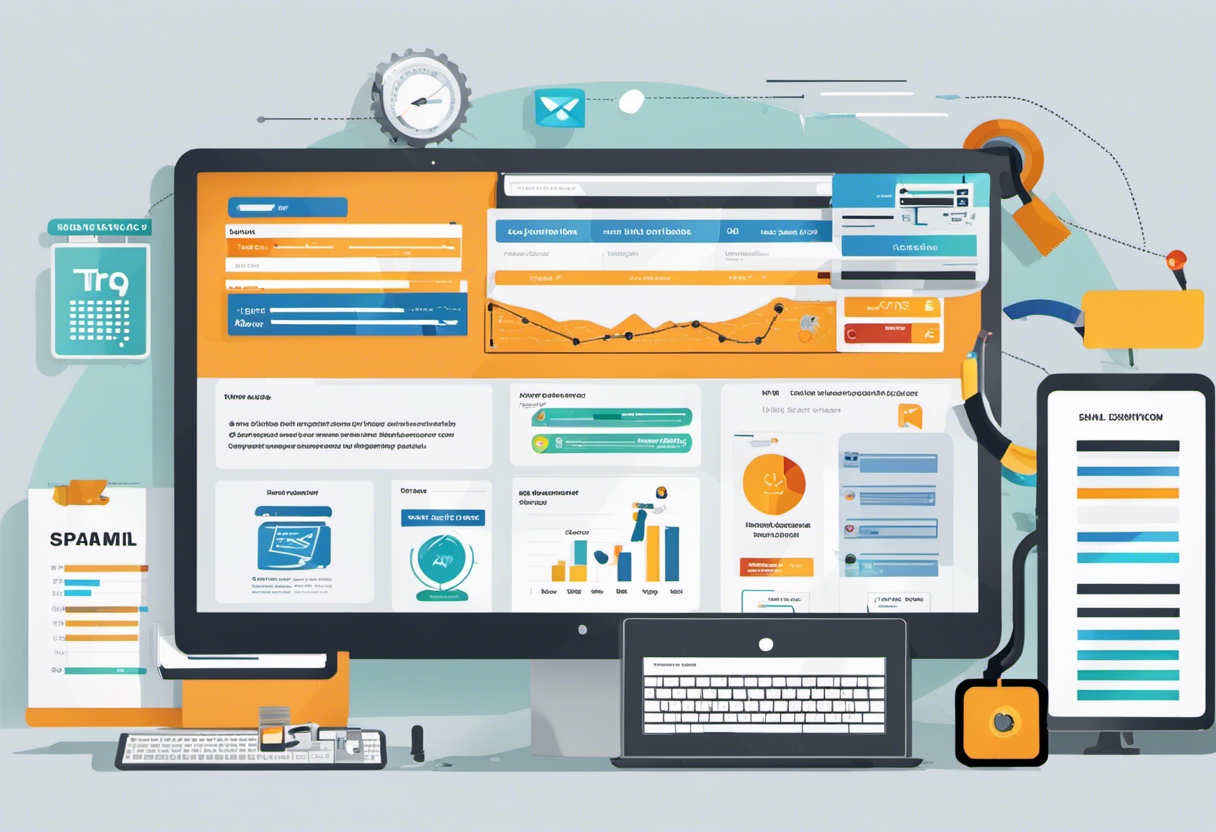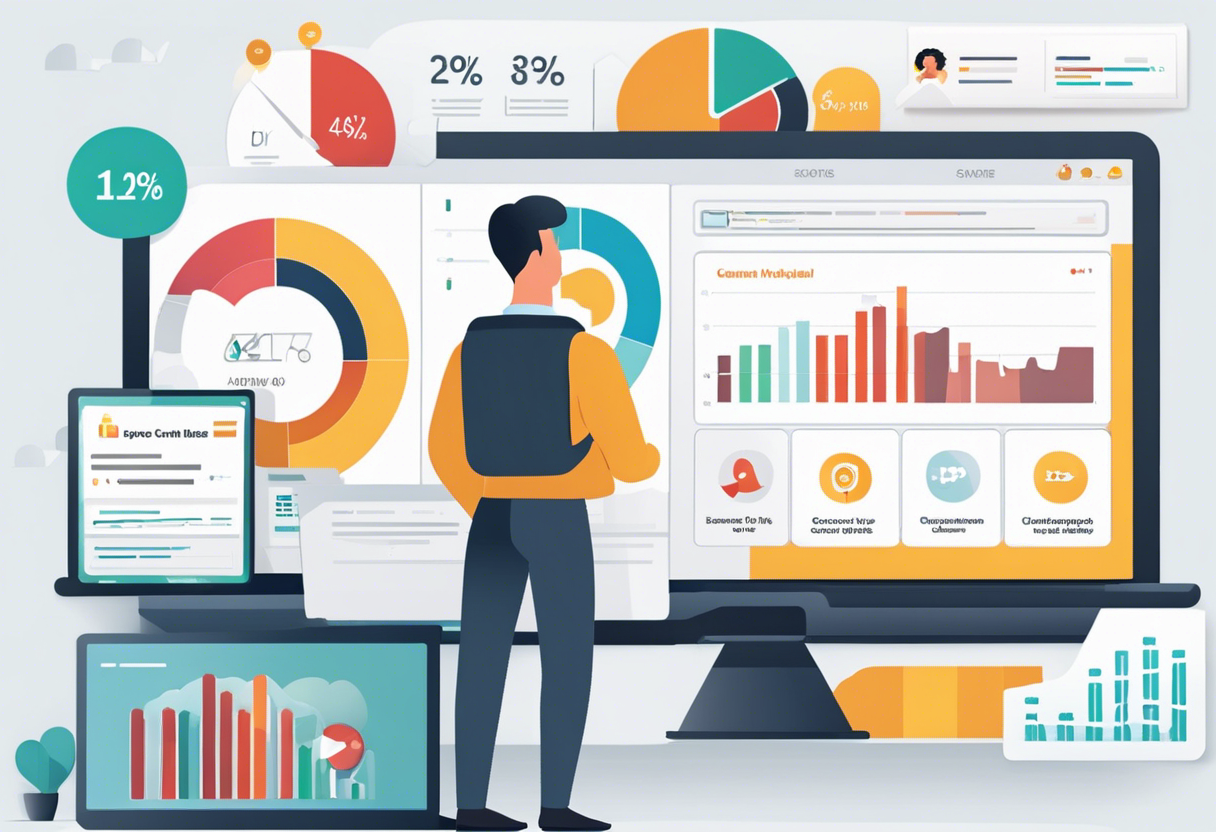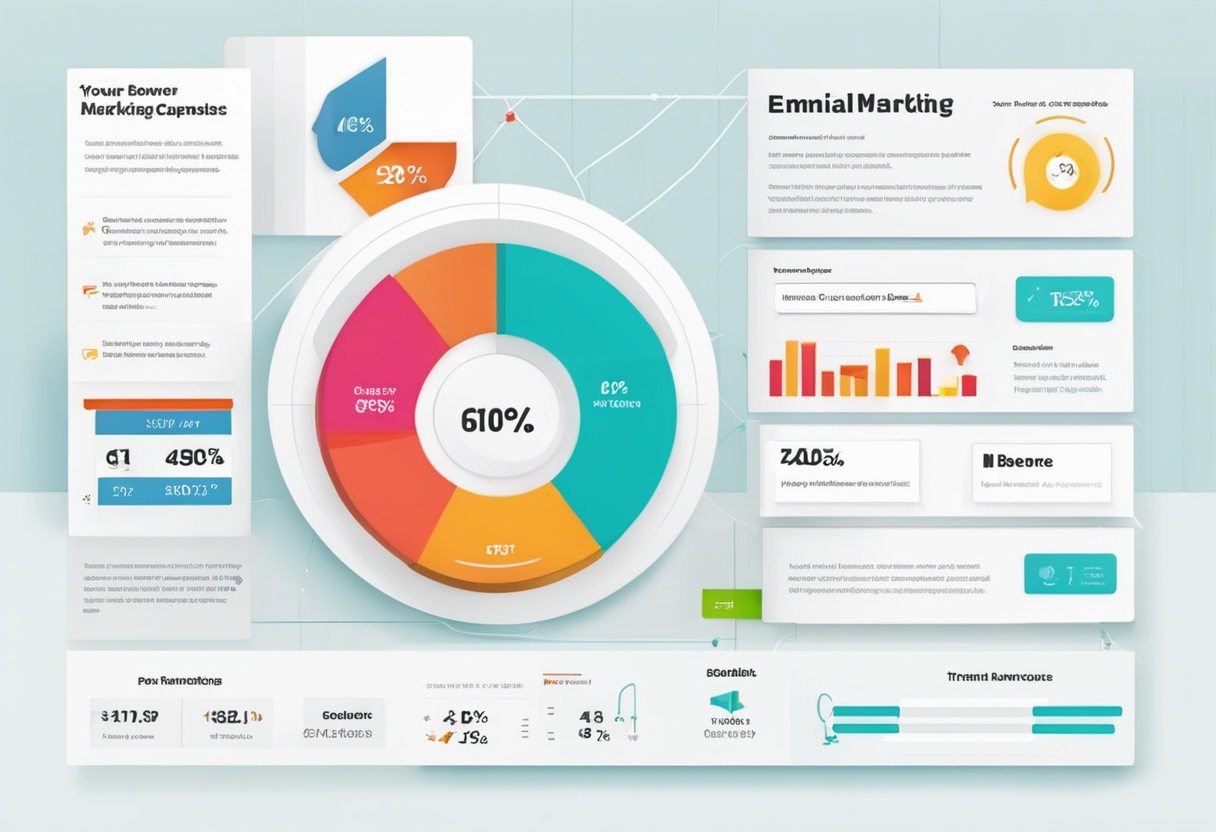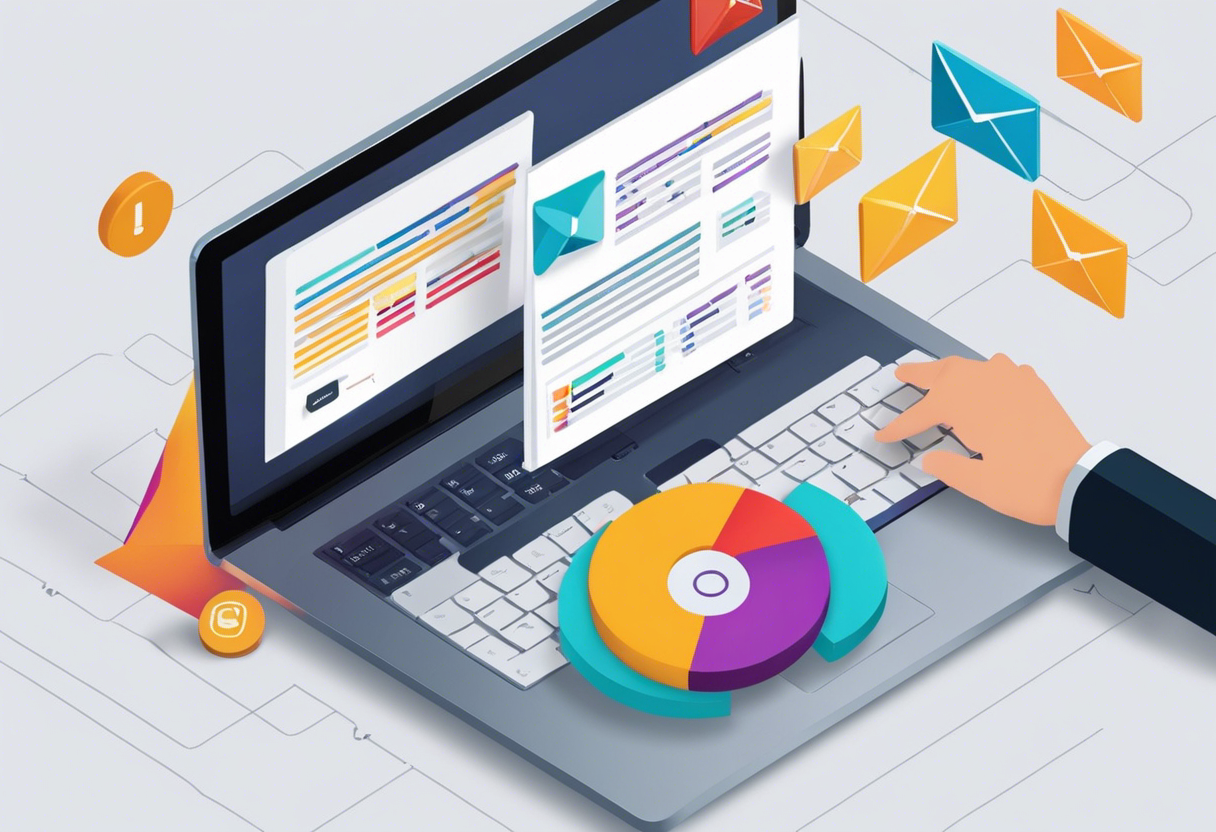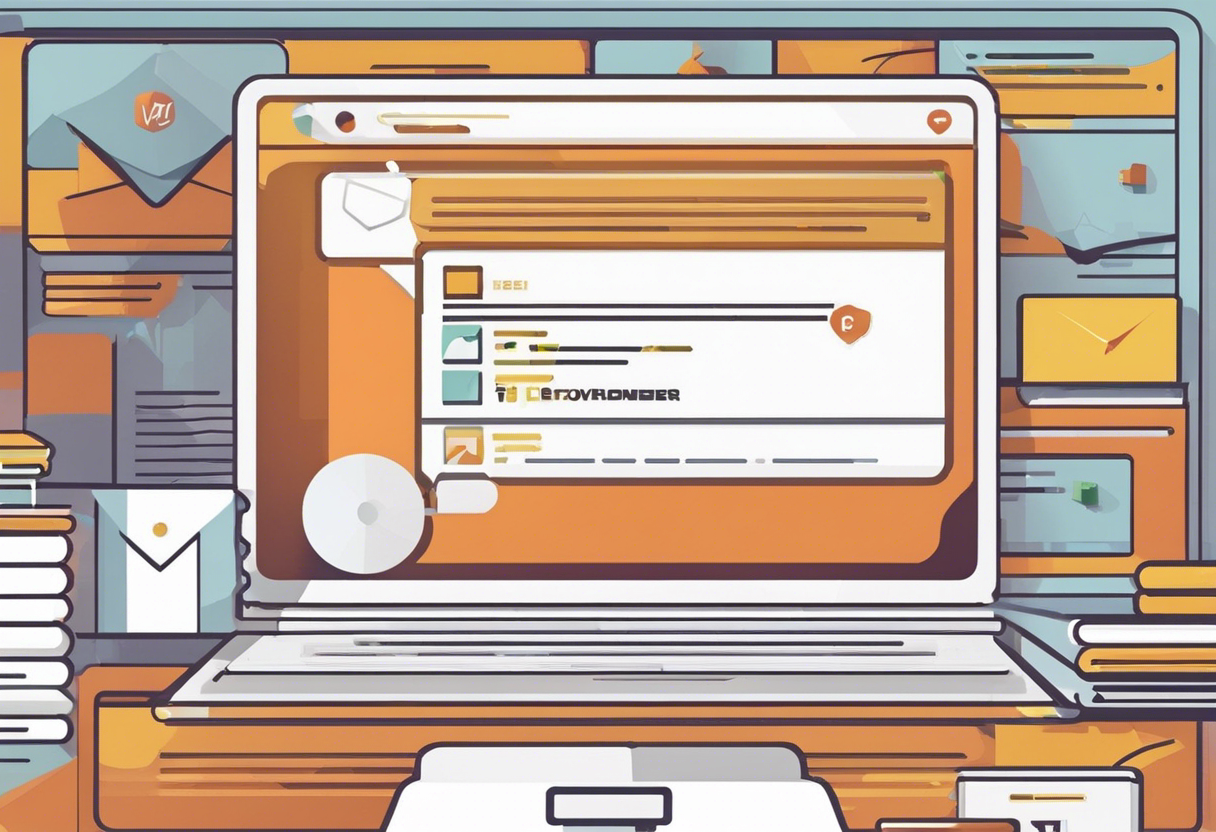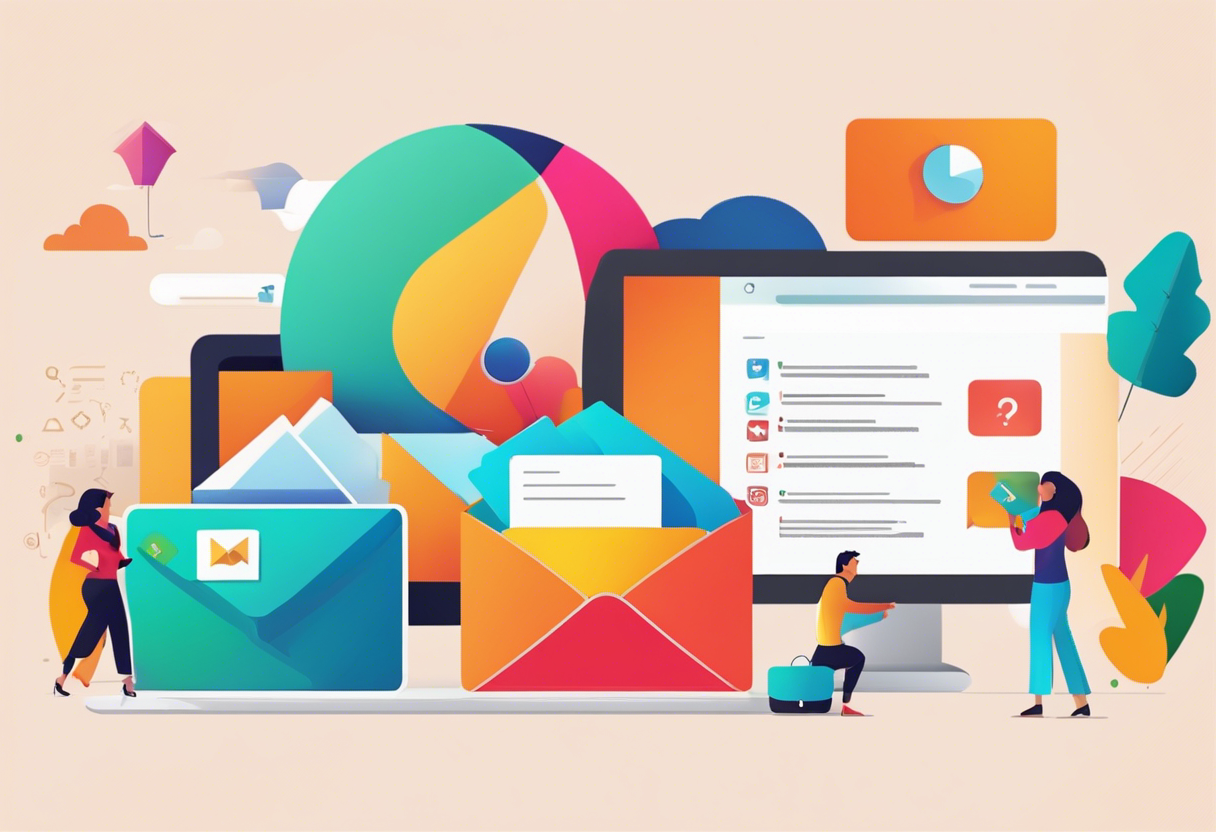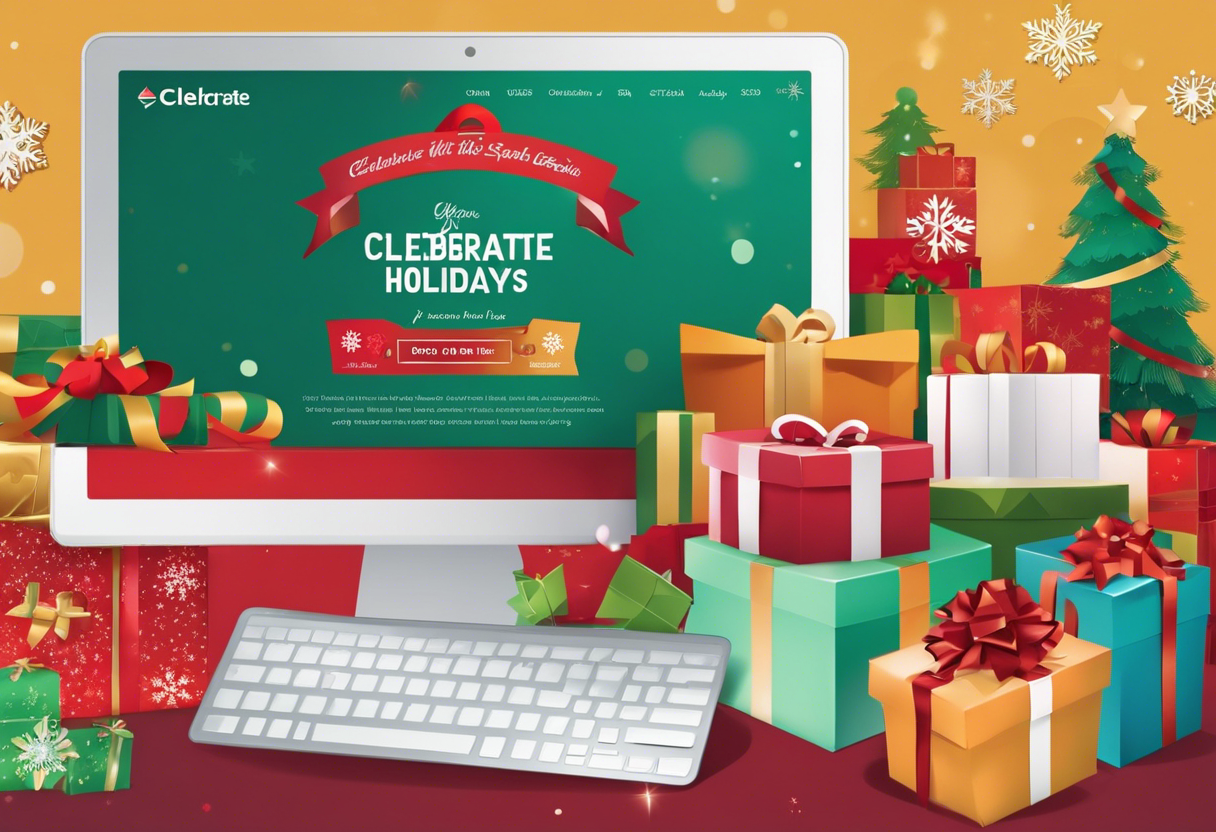
How to Lower Your Email Unsubscribe Rate and Improve Conversions
- USpeedo
- 09 Nov, 2023
In this article, we will explore the importance of monitoring your email unsubscribe rate, understand the reasons behind high unsubscribe rates, and discuss strategies to improve email content and engagement, segment your email list, implement effective call-to-actions, and use analytics to track and optimize your email campaigns. Let’s dive in!
The Importance of Monitoring Your Email Unsubscribe Rate
Tracking your email unsubscribe rate is crucial for several reasons. Firstly, it serves as a barometer for the overall health of your email list and the effectiveness of your campaigns. If your unsubscribe rate is consistently high, it indicates that your subscribers are not finding value in your emails or may be experiencing email fatigue. Secondly, monitoring this metric allows you to identify any sudden spikes or trends, helping you troubleshoot issues and make necessary improvements to retain subscribers.
Understanding the Reasons Behind High Email Unsubscribe Rates
To lower your email unsubscribe rate, it’s essential to understand why subscribers choose to opt-out. Here are some common reasons:
- Irrelevant or excessive content: Subscribers expect value from your emails. If the content is not relevant to their interests or if they receive emails too frequently, it can lead to dissatisfaction and unsubscribing.
- Poor email design and readability: Emails that are difficult to read, cluttered with excessive visuals, or not optimized for mobile devices can lead to frustration and prompt subscribers to unsubscribe.
- Lack of engagement: When subscribers feel like their communication efforts are one-sided, meaning they never receive responses or opportunities to interact, they may lose interest and unsubscribe.
- Unfulfilled promises: If you promised exclusive content or special offers but fail to deliver on those promises, subscribers may lose trust and decide to opt-out.
Strategies for Improving Email Content and Engagement
Now that we have a clear understanding of the reasons behind high unsubscribe rates let’s explore strategies to improve email content and engagement:
- Personalize your emails: Address subscribers by name and segment your list to ensure you are sending targeted and relevant content. Utilize personalization tokens to make each email feel like it was crafted for the individual recipient.
- Focus on value: Provide valuable content that addresses subscribers’ pain points, offers insights, and delivers solutions. Avoid constant sales pitches and focus on building a genuine relationship with your audience.
- Craft compelling subject lines: Grab subscribers’ attention with captivating subject lines that pique their curiosity or clearly convey the value they will receive by opening the email.
- Optimize email design: Ensure your emails are visually appealing, easy to read, and optimized for different devices. Use a clear and concise layout, incorporate white space, and choose fonts and color schemes that enhance readability.
- Encourage interaction: Include calls-to-action (CTAs) that prompt subscribers to engage with your content. Encourage replies, social media shares, or participation in surveys or polls to foster two-way communication.
Segmenting Your Email List to Reduce Unsubscribes
Segmenting your email list is a powerful technique for reducing unsubscribes and increasing engagement. By dividing your subscribers into smaller groups based on demographics, preferences, or past behavior, you can send targeted content that resonates with each segment. This increases the likelihood of subscribers finding value in your emails and reduces the chance of them opting out. Some effective segmentation strategies include:
- Demographic segmentation: Divide your subscribers based on factors such as age, gender, location, or industry to send targeted content that appeals to their specific needs and interests.
- Behavioral segmentation: Analyze subscriber behavior, such as past purchases, website interactions, or email engagement, to identify patterns and tailor your emails accordingly. For example, you can send personalized recommendations or follow-up emails based on their previous actions.
- Preference-based segmentation: Allow subscribers to choose their preferred email frequency, content types, or topics of interest during the signup process. This ensures that they receive emails that align with their preferences, reducing the likelihood of them unsubscribing.
Implementing Effective Call-to-Actions in Your Emails
A well-placed and compelling call-to-action (CTA) can significantly impact subscriber engagement and conversions. Here are some best practices for implementing CTAs in your emails:
- Placement: Position your CTA prominently, typically above the fold, so subscribers can easily spot and engage with it.
- Clarity: Clearly communicate the value or benefit subscribers will receive by clicking on the CTA. Use action-oriented language that is specific and concise.
- Design: Make your CTA visually appealing by using contrasting colors, bold text, or buttons to grab subscribers’ attention and encourage them to take action.
- Testing: A/B test your CTAs to determine which variations drive higher engagement and conversions. Experiment with different wording, placement, and design elements to optimize your results.
Using Analytics to Track and Optimize Your Email Campaigns
To improve your email campaigns and decrease the unsubscribe rate, it is crucial to leverage analytics and track key metrics. Here are some analytics strategies to consider:
- Email open rates: Monitor the open rates of your emails to gauge their effectiveness. Identify patterns and trends to understand what types of subject lines, content, or sender names resonate with your audience.
- Click-through rates: Measure the click-through rates of your emails to assess the engagement levels of your subscribers. Identify the types of content or CTAs that generate the most clicks and optimize accordingly.
- Conversion rates: Track the conversion rates of your email campaigns to measure their impact on your business objectives. Identify any bottlenecks or areas for improvement in your conversion funnel.
- Unsubscribe rates: Continuously monitor your unsubscribe rates and analyze any fluctuations or trends. Identify the causes and make necessary adjustments to your email strategy to retain subscribers.
By regularly monitoring these metrics and optimizing your campaigns based on the insights gained, you can drive better results, improve overall engagement, and reduce unsubscribes.
uSpeedo is Here to Help You
Lowering your email unsubscribe rate and improving conversions requires a comprehensive approach that focuses on delivering value, personalization, and engagement. By monitoring your unsubscribe rate, understanding the reasons behind high unsubscribes, improving email content and design, segmenting your email list, implementing effective CTAs, and using analytics to track and optimize your campaigns, you can build stronger relationships with your subscribers, keep them engaged, and drive higher conversions. Remember, successful email marketing is a continuous process of refinement and improvement.
Understanding your unsubscribe rate, handling subscriber management, and crafting compelling, personalized campaigns for improved opens and clicks is a breeze with uSpeedo. Seize command of your email marketing strategy now.
